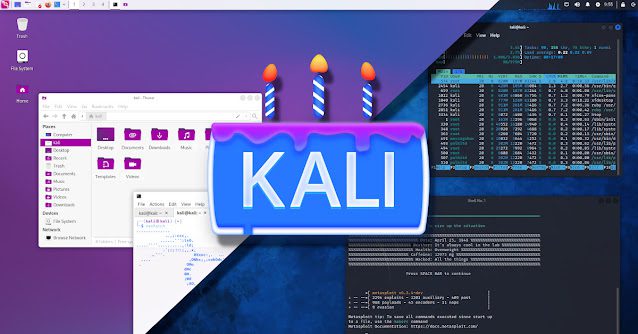Nmap-API Uses python 3.10, Debian, python, and flask framework to create that can do scans with a good speed online and is easy to deploy. This is a implementation for our college PCL project which is still under development and constantly updating.


Get all items of API
GET /api/p1/{username}:{password}/{target}
GET /api/p2/{username}:{password}/{target}
GET /api/p3/{username}:{password}/{target}
GET /api/p4/{username}:{password}/{target}
GET /api/p5/{username}:{password}/{target}| Parameter | Type | Description |
|---|---|---|
username | string | Required. username of the current user |
password | string | Required. current user password |
target | string | Required. The target Hostname and IP |
Get item of Nmap-API
GET /api/p1/
GET /api/p2/
GET /api/p3/
GET /api/p4/
GET /api/p5/| Parameter | Return data | Description | Nmap Command |
|---|---|---|---|
p1 | json | Effective Scan | -Pn -sV -T4 -O -F |
p2 | json | Simple Scan | -Pn -T4 -A -v |
p3 | json | Low Power Scan | -Pn -sS -sU -T4 -A -v |
p4 | json | Partial Intense Scan | -Pn -p- -T4 -A -v |
p5 | json | Complete Intense Scan | -Pn -sS -sU -T4 -A -PE -PP -PS80,443 -PA3389 -PU40125 -PY -g 53 --script=vuln |
Auth and User management of Nmap-API
POST /adduser/{admin-username}:{admin-passwd}/{id}/{username}/{passwd}
POST /deluser/{admin-username}:{admin-passwd}/{t-username}/{t-userpass}
POST /altusername/{admin-username}:{admin-passwd}/{t-user-id}/{new-t-username}
POST /altuserid/{admin-username}:{admin-passwd}/{new-t-user-id}/{t-username}
POST /altpassword/{admin-username}:{admin-passwd}/{t-username}/{new-t-userpass}- make sure you use the ADMIN CREDS MENTIONED BELOW
| Parameter | Type | Description |
|---|---|---|
admin-username | String | Admin username |
admin-passwd | String | Admin password |
id | String | Id for newly added user |
username | String | Username of the newly added user |
passwd | String | Password of the newly added user |
t-username | String | Target username |
t-user-id | String | Target userID |
t-userpass | String | Target users password |
new-t-username | String | New username for the target |
new-t-user-id | String | New userID for the target |
new-t-userpass | String | New password for the target |
Network I/O API
To allow for efficient and parallelizable network I/O, NSE provides an interface to Nsock, the Nmap socket library. The smart callback mechanism Nsock uses is fully transparent to NSE scripts. The main benefit of NSE’s sockets is that they never block on I/O operations, allowing many scripts to be run in parallel. The I/O parallelism is fully transparent to authors of NSE scripts. In NSE you can either program as if you were using a single non-blocking socket or you can program as if your connection is blocking. Even blocking I/O calls return once a specified timeout has been exceeded. Two flavors of Network I/O are supported: connect-style and raw packet.
Connect-style network I/O
This part of the network API should be suitable for most classical network uses: Users create a socket, connect it to a remote address, send and receive data and finally close the socket. Everything up to the Transport layer (which is either TCP, UDP or SSL) is handled by the library.
An NSE socket is created by calling nmap.new_socket, which returns a socket object. The socket object supports the usual connect, send, receive, and close methods. Additionally the functions receive_bytes, receive_lines, and receive_buf allow greater control over data reception. Example 9.3 shows the use of connect-style network operations. The try function is used for error handling, as described in the section called “Exception Handling”.
DEFAULT CREDENTIALS
ADMINISTRATOR : zAp6_oO~t428)@,


